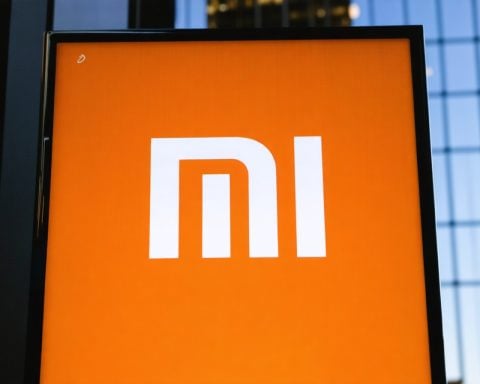Huawei Technologies has reported a remarkable 18% increase in its net profit for the first half of the year, showcasing resilience in a challenging market. According to the company’s latest financial statements, net profit rose to 54.9 billion yuan (approximately $7.70 billion) from 46.6 billion yuan a year earlier. Concurrently, revenues increased by 34% to reach 417.5 billion yuan.
The tech giant attributed its financial growth largely to robust sales in its smartphone division and burgeoning success in the automotive sector. This growth aligns with Huawei’s strategic focus on partnerships with automotive manufacturers, leveraging its strengths in autonomous driving technology and software systems. Notably, Huawei is collaborating with BYD to enhance the autonomous driving capabilities for BYD’s luxury SUV model, the Bao 8, expected to launch soon.
Furthermore, Huawei’s market position remains strong as it holds the title of the second-largest smartphone vendor in China. The company’s market share reached 18.1%, bolstered by a 44.5% rise in smartphone sales from last year, driven notably by the release of its Pura 70 and Nova 12 models.
Despite challenges posed by international sanctions and technological restrictions, Huawei continues to innovate and expand, particularly in the electric vehicle sector. This adaptation signals a proactive approach to maintaining its competitive edge and securing its financial future amid ongoing geopolitical tensions.
Huawei Technologies, amidst growing market challenges and international scrutiny, has managed to maintain a significant rise in its profits for the first half of the year, underlining its strategic res adaptation and innovation. The reported 18% net profit surge, climbing to 54.9 billion yuan (approximately $7.70 billion), coupled with a remarkable 34% increase in revenue to 417.5 billion yuan, showcases the company’s ability to navigate complex market dynamics.
In addition to smartphone sales and ties with automotive manufacturers, Huawei is actively investing in cutting-edge research and development (R&D). The company has allocated around 15% of its revenue to R&D efforts, signaling a deep commitment to advancing technologies such as artificial intelligence, 5G, and cloud computing. This investment aims not only to strengthen its portfolio but also to prepare for future technological advancements that can counter competitive forces from rivals like Apple and Samsung.
Key Questions and Answers:
1. What drives Huawei’s profit surge despite external challenges?
– Answer: Huawei’s profit increase is primarily driven by strong sales in its smartphone division, expansion into the electric vehicle market, focused R&D investment, and adaptive strategies in response to international sanctions.
2. How significant are Huawei’s efforts in the automotive sector?
– Answer: Huawei’s collaborations with major automotive brands such as BYD highlight its ambition in the automotive technology space, particularly in autonomous driving, signifying a robust entry into a growing market sector.
3. What are the repercussions of international sanctions on Huawei?
– Answer: International sanctions, especially from the U.S., have limited Huawei’s access to certain technologies, specifically in telecommunications. This has propelled the company to innovate independently, pushing for self-reliance in semiconductor technology and software solutions.
Challenges and Controversies:
Huawei faces several ongoing challenges, including:
– International Relations and Sanctions: The tech company is caught in the crossfire of geopolitical tensions, with sanctions affecting its ability to procure critical technology and components, such as 5G hardware.
– Data Privacy and Security Concerns: As a major global player, concerns regarding data privacy and the security of Huawei’s products persist, especially in Western countries.
Advantages of Huawei’s Current Strategy:
– Diversification of Revenue Streams: By expanding into sectors beyond smartphones, including automotive and cloud services, Huawei mitigates risks associated with dependence on a single technology segment.
– Innovative R&D Focus: Continuous investment in research and development ensures that the company stays competitive and can create proprietary technologies that are less susceptible to external sanctions.
Disadvantages and Risks:
– Dependence on Domestic Market: With significant reliance on the Chinese market, global expansion could be limited, especially if international relations deteriorate further.
– Potential for Escalating Sanctions: Ongoing geopolitical tensions could result in harsher sanctions, impacting supply chains and the ability to compete in certain markets.
As Huawei strives to navigate through these complexities, its proactive strategies may well determine its positioning in the global technology landscape. The ability to sustain and grow profits in the face of adversity is a testament to Huawei’s resilience and adaptability.
For more information, visit Huawei.























